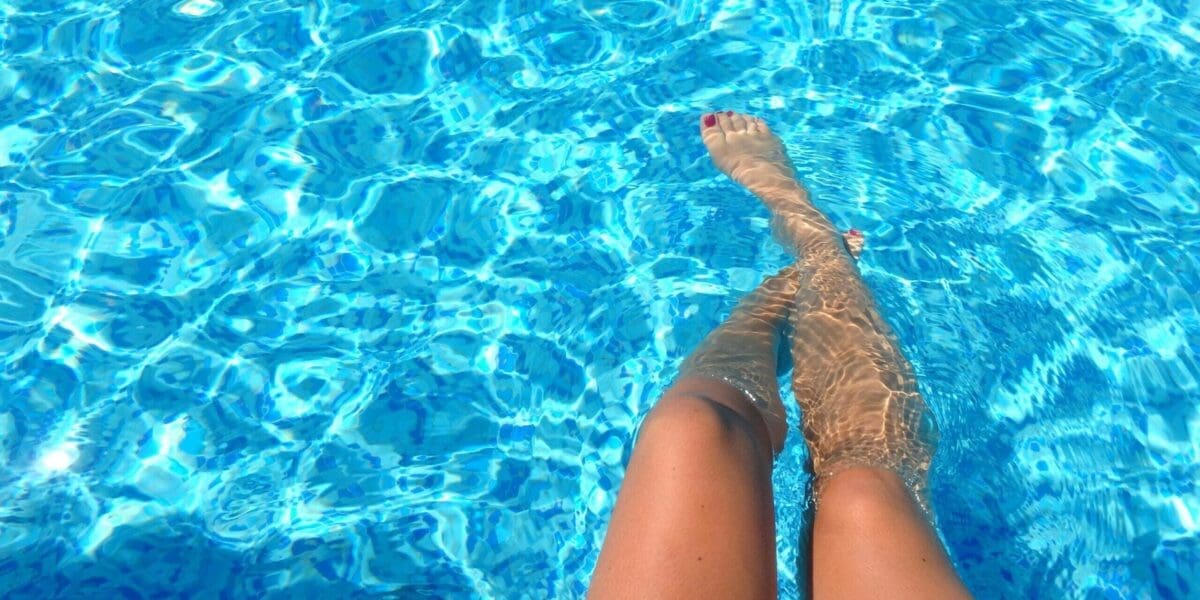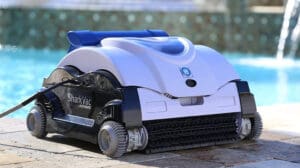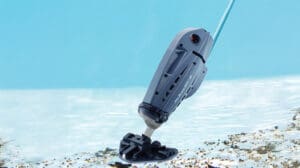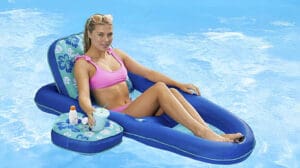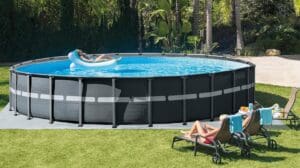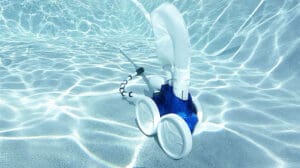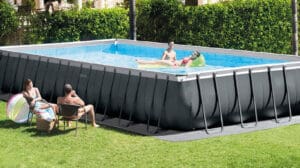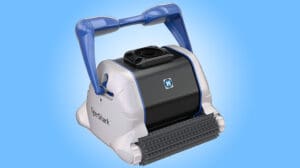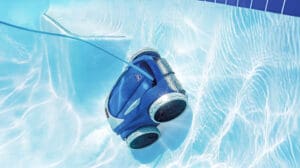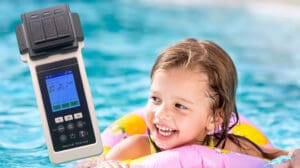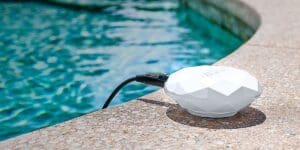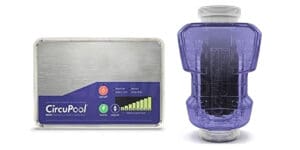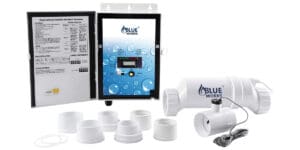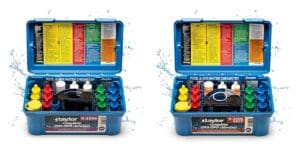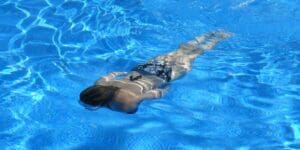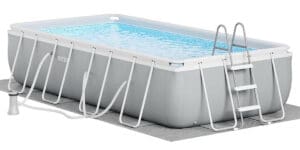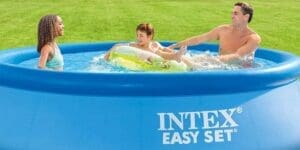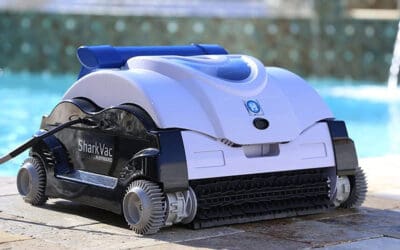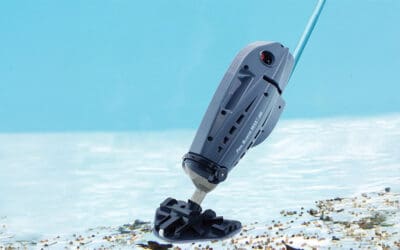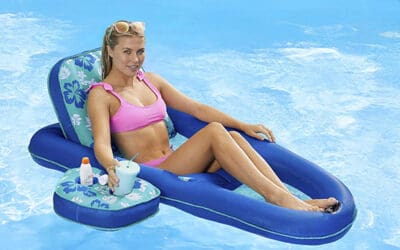Imagine the sun reflecting off the glistening water, creating a mesmerizing dance of light on the surface of your pool. But to achieve such crystal-clear perfection, you need to master the art of efficient pool vacuuming. From selecting the right vacuum head to navigating tight corners, each step plays a crucial role in maintaining a sparkling oasis. So, are you ready to uncover the secrets to pristine pool cleanliness and elevate your pool maintenance routine to a whole new level?
Key Takeaways
- Proper equipment setup is essential for efficient pool vacuuming.
- Ensure secure attachment of vacuum head and hose for effective cleaning.
- Priming the vacuum hose and maintaining optimal suction are crucial steps.
- Follow systematic vacuuming techniques and post-cleaning maintenance for a sparkling pool.
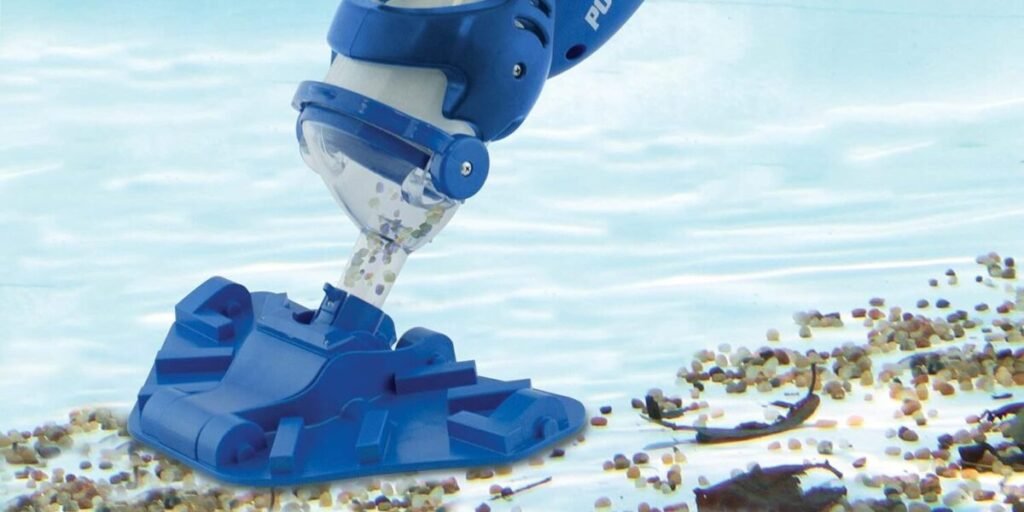
Equipment Preparation and Setup
To prepare and set up your pool vacuuming equipment effectively, gather your pool vacuum head, telescopic pole, vacuum hose, and ensure your pool pump and filter are running smoothly. Adjust the telescopic pole to the appropriate length for the depth of your pool, allowing you to reach all areas easily. The telescopic pole adjustment ensures efficient cleaning without straining yourself. Consider using a Skim vac to enhance the suction power of your vacuum, allowing for better debris removal. The Skim vac benefits include improved cleaning performance by maximizing the flow of water through the skimmer. Once everything is set up correctly, you are ready to begin the pool vacuuming process with precision and ease.
Vacuum Head and Hose Attachment
After setting up your pool vacuum equipment effectively, the next step is attaching the vacuum head and hose for efficient cleaning. Ensure to connect the vacuum head to the telescopic pole and the hose to the vac head securely. Consider using a hose clamp for added stability if needed, or explore alternative securing methods. Opt for a Weighted Butterfly Pool Vacuum Head to aid in weight distribution for better maneuverability and suction. This type of vacuum head can help maintain contact with the pool surface for thorough cleaning. By paying attention to these details during the attachment process, you can enhance the effectiveness of your pool vacuuming routine.
Vacuum Hose Priming and Attachment to Skimmer
Ensure you have filled the vacuum hose with water to remove any air before attaching it to the skimmer for optimal suction during pool vacuuming. Proper priming is crucial to avoid air bubbles that can impede suction. When priming, ensure the vacuum inlet is the only line open, and check for air bubbles to guarantee an airtight seal. Attach the vacuum hose securely to the pool skimmer, using a skim vac plate if necessary to create a good seal. If you encounter any loss of suction, troubleshoot by checking for leaks or blockages. Maintaining optimal suction through proper priming and attachment to the skimmer is essential for efficient debris removal during pool vacuuming.
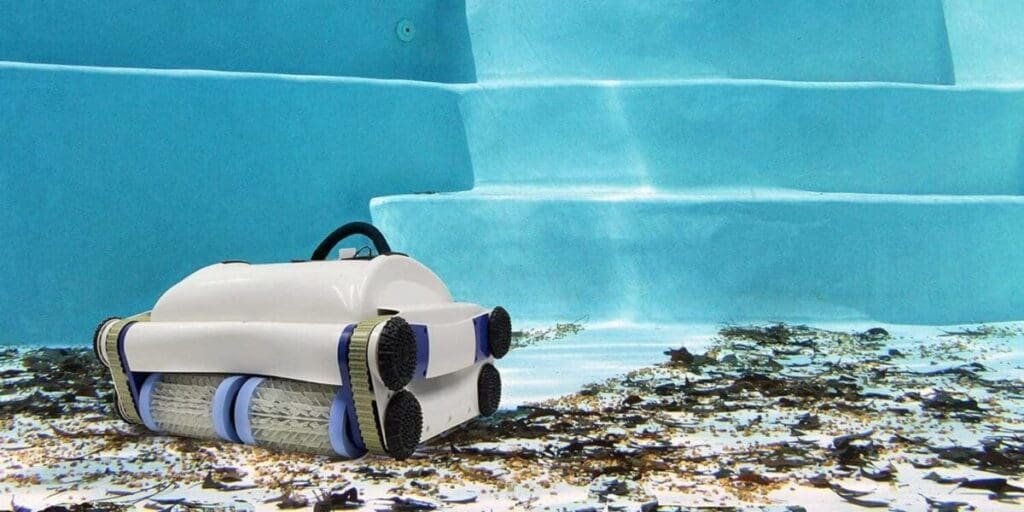
Vacuuming Process
Begin vacuuming the pool floor methodically, ensuring thorough coverage for effective debris removal. Use efficient cleaning techniques to cover every inch systematically, moving the vacuum head slowly to capture all debris. Take your time to avoid missing any spots and prevent debris disturbance. Monitor the filter pressure periodically to ensure optimal suction power. In case of any issues with the vacuum head, troubleshoot promptly to maintain the cleaning process. Effective time management is key; allocate sufficient time for the vacuuming process to achieve a sparkling clean pool. By following these steps diligently, you will master the vacuuming process and enjoy a pristine swimming environment.
Post-Vacuuming Maintenance
To maintain a pristine swimming environment after thoroughly vacuuming the pool floor, it is essential to disconnect the vacuum, drain water from the hose, and proceed with scrubbing the pool sides with a brush. After completing these steps, remember to focus on the following for optimal post-vacuuming maintenance:
- Brush Maintenance: Regularly inspect and clean your pool brush to ensure efficient dirt and algae removal.
- Water Chemistry: Test and adjust the pool water chemistry to prevent algae growth and maintain proper sanitation levels.
- Pump Strainer Basket: Clear out any debris collected in the pump strainer basket to maintain smooth water circulation and filtration efficiency.
Some Final Thoughts
Now that you have mastered the art of efficient pool vacuuming, you can enjoy a sparkling clean pool all season long. By following these tips and techniques, you can ensure optimal suction, thorough debris removal, and effective water circulation. Say goodbye to cloudy water and debris-laden pool floors as you maintain a pristine swimming environment. Keep up with regular vacuuming and post-maintenance to keep your pool looking inviting and crystal clear. Happy swimming!
Questions & Answers

Can Pool Vacuuming Help Prevent Algae Growth?
Regular pool vacuuming is crucial for algae prevention. Efficient vacuuming techniques remove debris that can foster algae growth. By methodically cleaning the pool floor and ensuring proper suction, you eliminate potential breeding grounds for algae. Remember to monitor filter pressure and maintain water chemistry. Consistent vacuuming, along with proper maintenance, helps keep your pool clean and clear, reducing the risk of algae infestation.
What Should I Do if I Accidentally Vacuum up a Large Object That Gets Stuck in the Hose?
If a large object gets stuck in your vacuum hose, don’t panic. Start by turning off the pump to prevent damage. Disconnect the hose from the skimmer or vacuum head. Gently attempt to dislodge the object by carefully manipulating the hose. If that fails, use a long object like a broom handle to push the item out. Once removed, inspect the hose for damage and ensure proper hose maintenance to prevent future clogs or issues.
Is It Safe to Leave the Pool Vacuum Running Unattended?
Leaving the pool vacuum running unattended can pose risks. Energy consumption and safety are concerns with unsupervised operation. Be cautious as it may lead to potential hazards. It is generally not recommended to leave the vacuum running without supervision to prevent accidents or equipment malfunctions. Always prioritize safety and be attentive to avoid any unexpected issues while the pool vacuum is in operation.
How Often Should I Replace My Pool Vacuum Head?
When considering vacuum head maintenance and replacement, focus on wear and tear. Inspect for cracks, loose parts, or reduced suction. Ideally, replace your vacuum head every 2-3 years, or sooner if noticeable damage occurs. Proper vacuuming technique, like thorough cleaning and gentle maneuvering, can prolong its lifespan. Remember to prioritize vacuum head care for optimal pool cleanliness and efficiency.
Can I Use a Pool Vacuum to Clean My Hot Tub or Spa?
Yes, you can use a pool vacuum for hot tub maintenance. Ensure the vacuum head and hose are compatible with the spa’s size and surface. Attach the vacuum head to a telescopic pole, connect the hose, and prime it before using. Create a good seal in the skimmer to maintain suction. Methodically clean the hot tub, avoiding rushing to prevent debris disturbance. Monitor filter pressure and troubleshoot any issues for efficient spa vacuuming.
